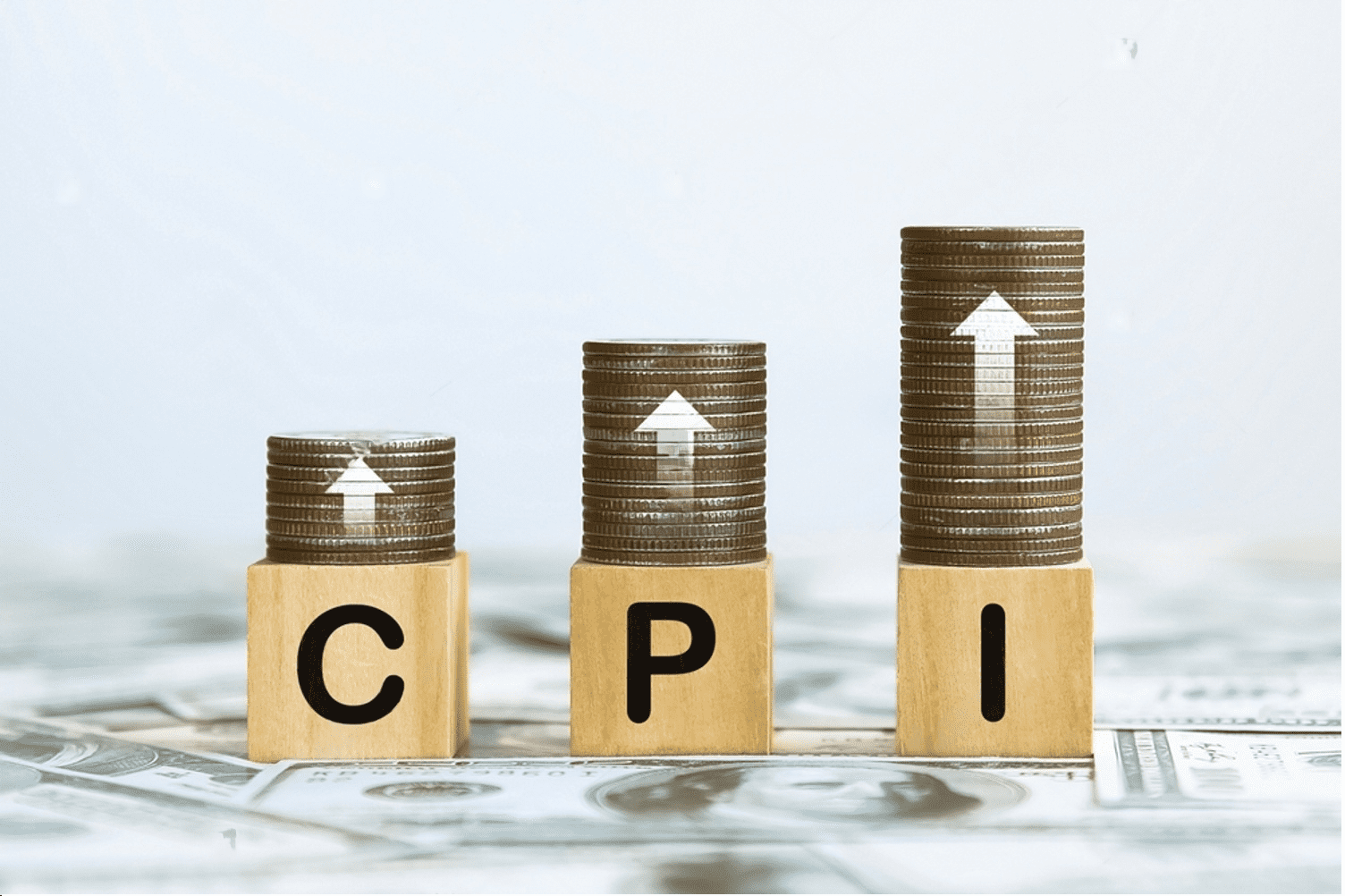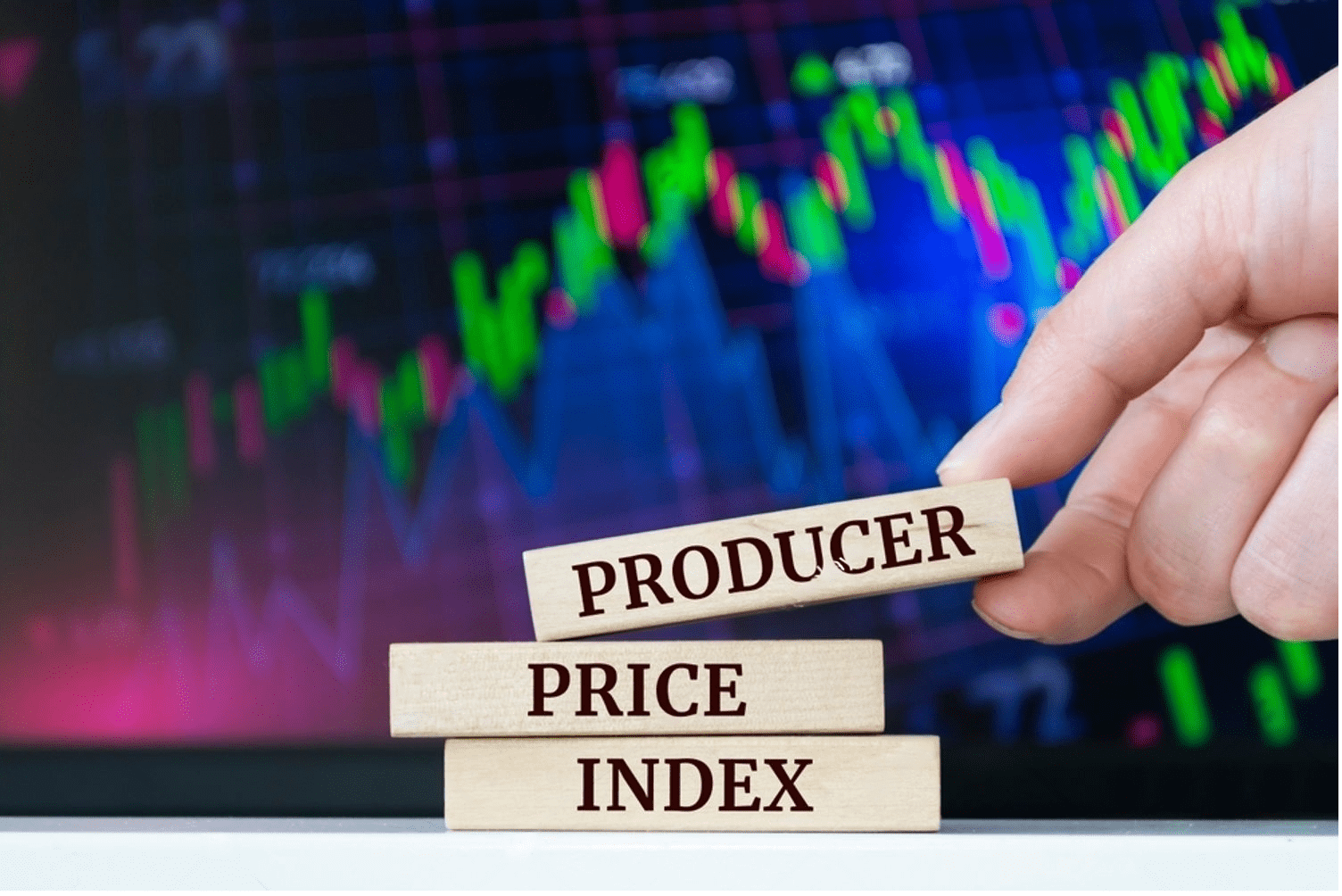Decoding Economic Trends: Unraveling the CPI vs. PPI Battle; What’s the Difference?
Introduction
In the realm of economics, understanding key indicators is essential to make informed decisions. Two prominent metrics, the Consumer Price Index (CPI) and the Producer Price Index (PPI), hold significant importance in decoding economic trends. Both CPI and PPI are vital in assessing the current state of an economy, but they serve different purposes and focus on distinct aspects. This comprehensive article will delve deep into the differences between the CPI and PPI, providing you with valuable insights and expert analysis.
Decoding Economic Trends: Unraveling the CPI vs. PPI Battle
In this section, we will explore the fundamental differences between the CPI and PPI, highlighting their unique roles in the economic landscape.
· CPI: Understanding Consumer Price Index
The CPI, or Consumer Price Index, is a key economic indicator used to measure changes in the prices of goods and services over time. It reflects the cost of living for consumers and tracks inflation, making it an essential tool for policymakers and analysts alike.

· PPI: Analyzing Producer Price Index
On the other hand, the PPI, or Producer Price Index, focuses on the wholesale prices of goods and services. It measures the average changes in prices received by producers, indicating inflationary pressures from the perspective of producers.

Different Methodologies: Weighing Consumer Goods vs. Producer Goods
One of the significant differences between CPI and PPI lies in their methodologies. CPI primarily considers the prices of consumer goods and services, such as housing, transportation, food, and medical care. On the contrary, PPI focuses on the prices of goods and services used in the production process, reflecting raw materials, intermediate goods, and final products.
· Inflation vs. Deflation: A Comparative Analysis
While both CPI and PPI provide valuable information on price movements, they offer distinct perspectives on inflation and deflation. The CPI measures the impact of rising prices on consumers, affecting purchasing power and the cost of living. Meanwhile, the PPI reflects changes in input costs for producers, which can influence production decisions and profitability.
· Consumer Behavior vs. Business Decisions
Another critical aspect that sets CPI and PPI apart is the insight they offer into consumer behavior and business decisions. The CPI directly affects consumer purchasing behavior, as it reveals the change in the cost of living and the affordability of goods and services. PPI, however, influences business decisions, as producers factor in input costs when determining product prices and production levels.
· Implications on Government Policies
Both CPI and PPI play a crucial role in shaping government policies and economic strategies. The CPI's impact on consumers often leads to adjustments in interest rates and social benefits, while the PPI affects industrial policies, influencing taxation and trade regulations.
The Importance of CPI and PPI in Economic Analysis
In this section, we will discuss the significance of CPI and PPI in analyzing economic trends and their implications.
· Tracking Inflation and Deflation: CPI’s Role
CPI serves as an essential tool in monitoring inflation and deflation. Rising CPI indicates inflationary pressures, prompting policymakers to take measures to stabilize prices and ensure economic stability. Conversely, falling CPI may signal deflation, which can hinder economic growth and lead to reduced consumer spending.
· Predicting Economic Performance with PPI
PPI, as a leading indicator, plays a vital role in predicting future economic performance. When PPI rises, it may indicate increased costs for producers, leading to potential price hikes for consumers in the future. This foresight helps businesses and investors make informed decisions.
· Identifying Sectoral Trends
CPI and PPI provide valuable insights into sectoral trends within an economy. By examining individual components of CPI and PPI, analysts can identify industries experiencing price fluctuations and understand the reasons behind such changes.
· Assessing Purchasing Power
CPI is a critical metric for assessing purchasing power, as it directly impacts consumers' ability to buy goods and services. With this data, governments can implement policies to bolster consumer confidence and stimulate economic growth.
· Anticipating Interest Rate Changes
Central banks use CPI data to anticipate interest rate changes. High inflation, indicated by a rising CPI, may lead to higher interest rates to curb excessive spending and stabilize the economy.
· Evaluating Wage Adjustments
For businesses, PPI serves as a reference point to evaluate wage adjustments for employees. Rising PPI may translate to increased production costs, leading to potential salary adjustments to maintain profitability.
FAQs
- What is the primary difference between CPI and PPI?
- CPI measures changes in consumer goods and services' prices, while PPI focuses on the wholesale prices of goods and services used in production.
- How do CPI and PPI impact government policies?
- CPI influences interest rates and social benefits, while PPI affects industrial policies, taxation, and trade regulations.
- What do rising CPI and PPI indicate?
- Rising CPI suggests inflationary pressures on consumers, while rising PPI may foreshadow future price hikes for consumers.
- How do CPI and PPI help predict economic performance?
- CPI aids in monitoring inflation and deflation, while PPI serves as a leading indicator for businesses and investors.
- What sectors do CPI and PPI provide insights into?
- CPI and PPI offer valuable data on sectoral trends, helping analysts identify industries with price fluctuations.
- How do CPI and PPI impact purchasing power?
- CPI directly affects consumers' purchasing power, influencing their ability to buy goods and services.
Footnote
Understanding the differences between the Consumer Price Index (CPI) and the Producer Price Index (PPI) is crucial for grasping economic trends and making informed decisions. While the CPI reflects the cost of living for consumers and tracks inflation, the PPI indicates inflationary pressures from the perspective of producers. Both metrics play pivotal roles in guiding government policies, evaluating economic performance, and assessing consumer behavior and business decisions.
As you navigate the complex landscape of economic indicators, keep in mind that staying informed about CPI and PPI can empower you to anticipate market trends, make strategic investments, and contribute to the overall economic health of your nation.











Discussion